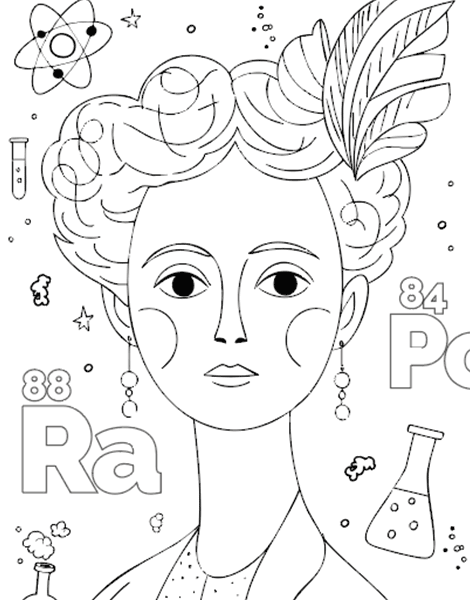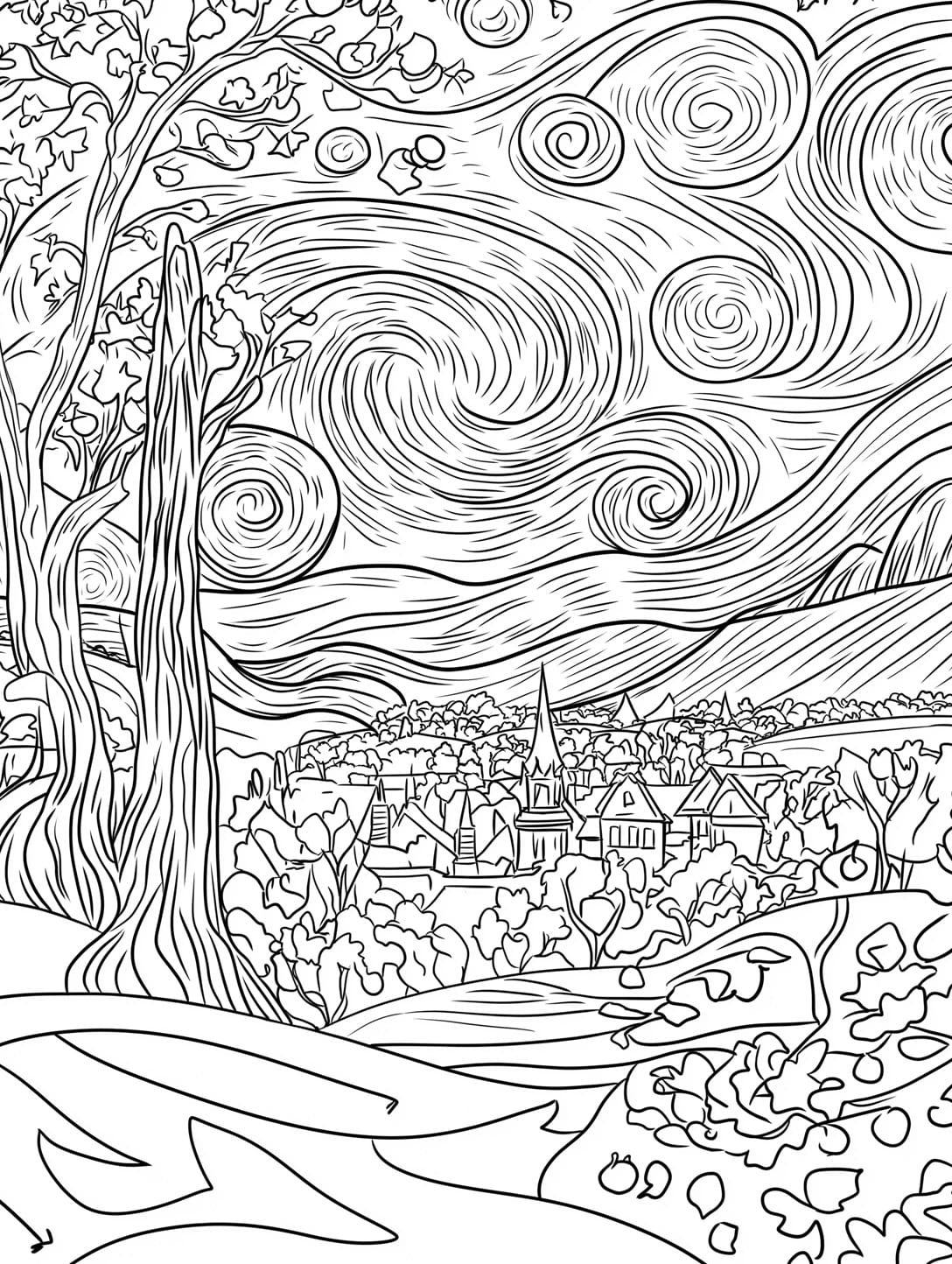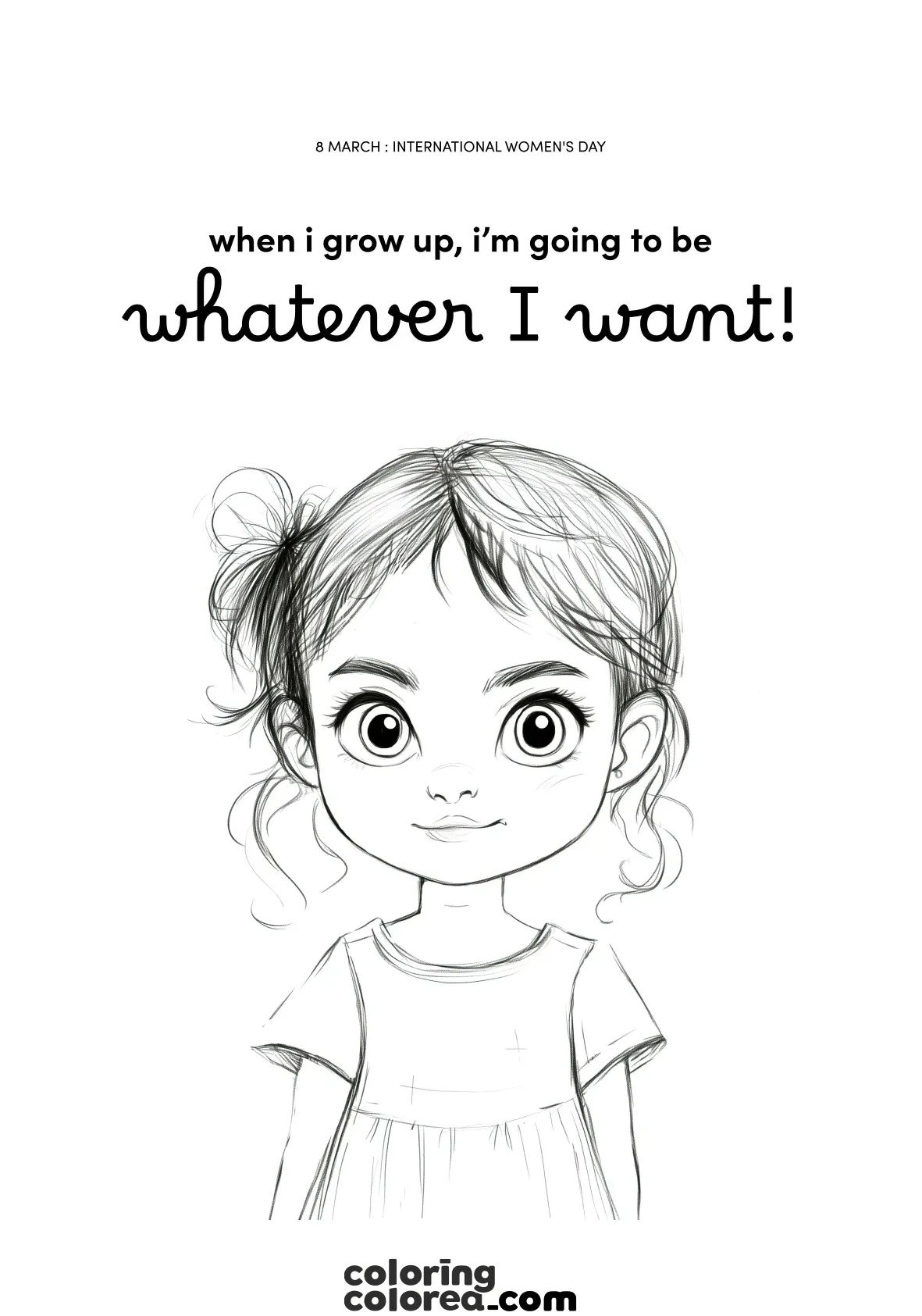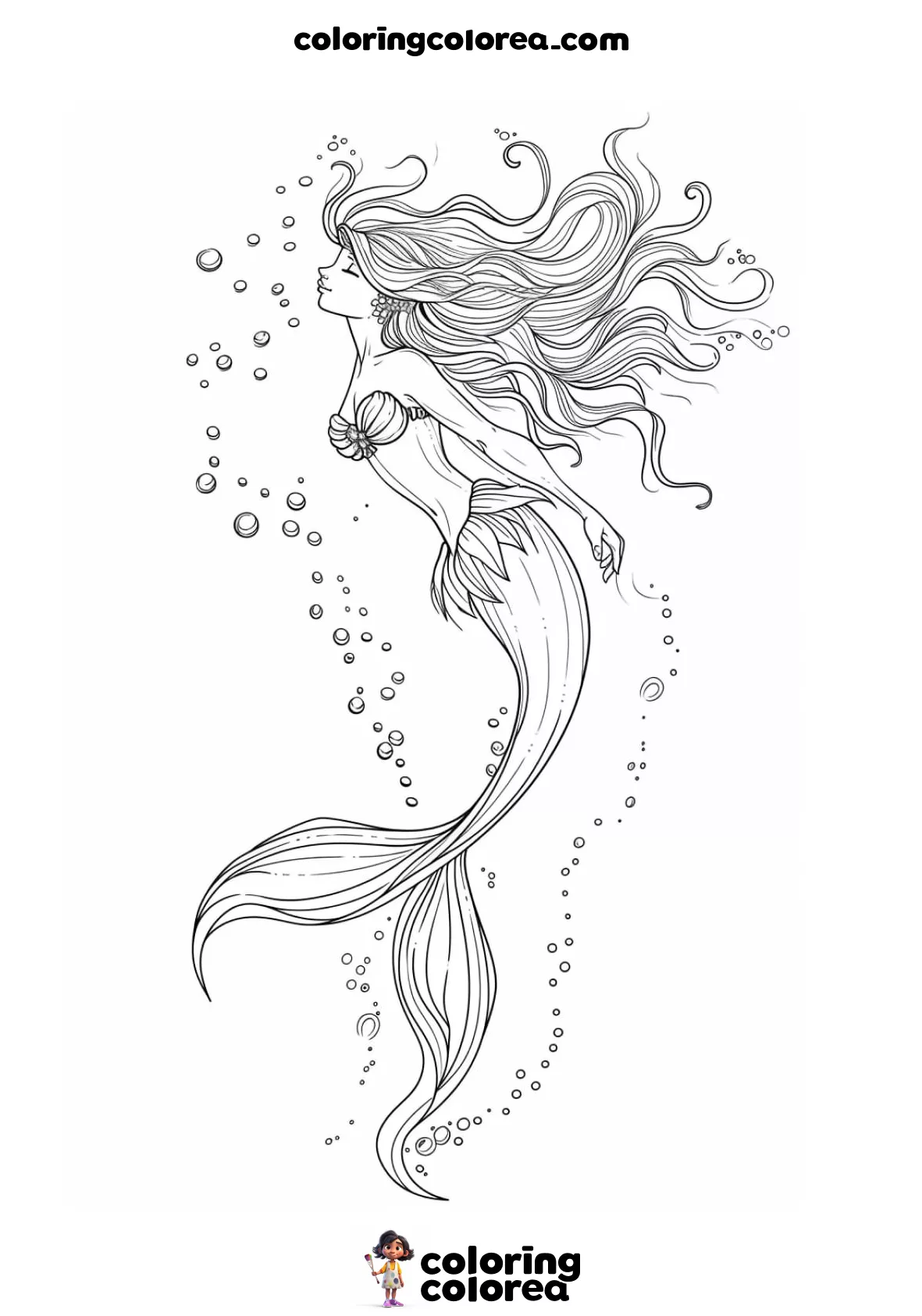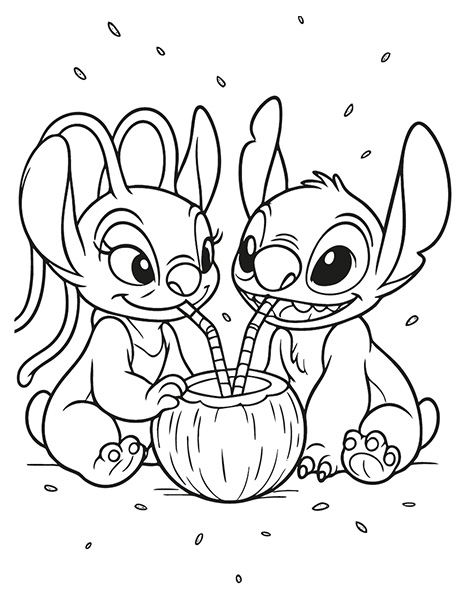The passage highlights the harsh reality of child labour, contrasting it with the protected childhoods of those who can attend school. The image described—a girl carrying a heavy stone block while schoolchildren walk by—serves as a powerful symbol of inequality and lost opportunities. The narrative urges the reader not to look away, emphasizing that child labour is both a social injustice and a normalized part of society that often goes unnoticed. The text encourages reflection on our responsibilities as a community and the importance of art in fostering awareness and critical thinking. It also offers practical advice for coloring the image, suggesting ways to visually emphasize the stark contrast between the two childhoods.
Child labour: A Social Reality That Hits Close to Home
The image before you isn’t just any scene: it’s a reality we often prefer not to face. Child labour is a deep injustice, so ingrained in our society that it sometimes goes unnoticed. Look at the girl in the drawing: her serious face, worn-out clothes, the construction block she carries on her head. That burden isn’t just physical—it’s a symbol of everything so many children have to endure from a young age. Behind her, other kids walk to school, with clean uniforms and backpacks full of possibilities. The contrast is stark and painful: one childhood is broken, another is protected.
This scene raises tough questions, the kind that make us uncomfortable and force us to think. What rights are being lost here? What should we do, as a community, to protect our youngest members? Could it be that, without realizing it, we sometimes normalize the suffering of others? There are no easy answers, but art—with its power to move us—can help us look deeper and truly commit to change. This coloring page opens a window for classroom discussion at any age, raising awareness and encouraging critical thinking, allowing children to express themselves freely.
Child labor steals time, dreams, and futures. It also cuts off access to education, which keeps poverty and inequality alive. In the drawing, the girl isn’t playing or learning; she’s surviving. That difference hits hard and reminds us that not all childhoods are the same—and that we have a responsibility to imagine and build something better.
Ideas and Tips for Coloring the Child Labor Drawing
The drawing is incredibly powerful. The girl is in the foreground, taking up almost the entire space, and her direct gaze grabs your attention. She’s not smiling, she doesn’t look away. This creates an immediate emotional connection. Her raised arms show effort, exhaustion, but also resilience. If you decide to color this image, pay attention to the nuances of her face, the folds of her clothes, the rough texture of the block, and the small details in the background.
The contrast between the working girl and the children going to school is key. To highlight it while coloring, you can use muted tones—browns, grays, earth colors—for the girl, and bright colors for the schoolchildren—blues, greens, reds. This makes the difference between their realities even more striking. Think about the setting, too: maybe the dry ground, worn-out walls, the lack of color around the girl. All these details help tell the story and ensure it doesn’t go unnoticed.
The challenge of this drawing is to make the details convey that tension—between what is and what should be. It’s not just about “coloring nicely,” but about using colors and shapes to tell something important. You can highlight the sadness in her eyes, the dirt on her clothes, the heaviness of the block. Decide whether the background will be light or dark, whether the schoolchildren seem close or distant, and what you want the viewer to notice first.

